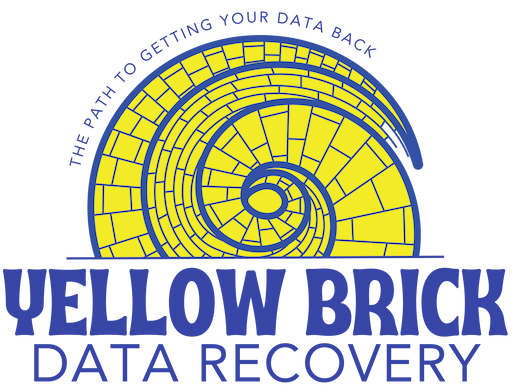A clean room environment is necessary to use any time the cover of the drive is removed. You need to use a clean room environment when you are completing head swaps, platter swaps, unsticking stuck heads, and inspecting the drive internally.
The cover of the drive has a few functions, but one of its main functions is to keep the internals of the drive protected. The heads inside the drive are very fragile and are hovering right above the spinning platters during use. A single piece of dust on the platter could cause the heads to “crash” onto the platter surface and damage the drive beyond recovery.
As you will find on YouTube or other user forums, people are absolutely successful with data recovery procedures outside a cleanroom, but please keep in mind that these are not safe procedures. If your data is not important, and you are perfectly fine with losing all the data for good, then opening the drive outside a clean room and trying to complete the internal procedure is a reasonable thing to do. Never trust the drive with important information after it has been opened (even if you get it working again). But if the data is important, please do not open the drive unless you are an experienced recovery technician utilizing a clean room environment.
Does a cleanroom environment need to be an entire room?
You do not need to setup an entire room as your clean room environment. While that does make everything easier for the technician to complete the work (think elbow room and easy tool access), it is cost prohibitive and not necessary for a safe and effective recovery.
Most data recovery labs utilities what is sometimes called a “clean box” or a laminar flow cabinet. Laminar flow cabinets have a fan and filter at the top that pushes clean air into the box. Just like an air conditioner unit at your house with an open front door, this clean air that is being pushed into the box is being pushed out the opening. By having a constant flow of air coming out of the opening, you keep any particles from entering the work area. There is enough space to get your (gloved) hands inside the box to complete the recovery procedure that is necessary.
These clean boxes are much less expensive to setup and operate than building out an entire room to meet the specifications. You can expect to spend a couple thousand dollars on the clean box plus purchasing replacement filters and such as needed. As long as you are using an ISO Class 5 certified environment, you are able to complete the work with the same amount of safety as if you had an entire room setup as your clean environment.
How clean does my cleanroom environment need to be?
The air inside the environment that you are opening the drive in needs to be free of dust and other particles down to a certain size. For data recovery, it is recommended that you utilize an ISO Class 5 environment. In order for the environment to meet ISO 5 classification, less than 3,520 particles >0.5 micron per cubic meter and 250-300 HEPA filtered air changes per hour are required. You can purchase a particle counter to test if your cleanroom environment is meeting these standards.
Don’t forget to pay attention to things that can introduce particulate matter into the environment. Be sure to clean your tools and wear gloves when working in a cleanroom.
What options do I have as a data recovery lab?
I have been in quite a few repair shops and data recovery businesses over the years. I often see these shops utilizing custom made cleanroom environments. While there is nothing wrong with creating your own cleanroom environment, there are a few things you need to consider.
- You need to get a particle meter to test your environment. You can’t judge by looking at the surface of a drive after leaving it in the environment to see if you can see particles on it with your naked eye… you really do need to purchase and use a particle meter constantly.
- Airflow needs to reach the ISO Class 5 level. Many times I see these custom clean boxes with CPU fans or similar pushing air into the clean box. Most of the time these fans are not producing nearly enough airflow through the filter to meet the requirements for an ISO 5 environment.
- The direction of airflow should be down, not sideways. Many of the boxes I have looked at had fans and filters on the side of the box instead of pushing air through the top. It is important for the clean air to push all the stale air down and out of where your hands are entering the box. By going sideways you are just creating a vacuum that will suck dirty air up from the front of the box where you are putting your hands in.
Can I just turn off all my fans and work in my clean kitchen?
If the data is not important and you don’t mind losing it forever, experimenting with data recovery is a fun project. I recommend going the safest route possible if the data has any importance. And if you can’t afford the data recovery service, just put the drive away for a later date. It is better to just wait until the funds are available to have a professional data recovery than to lose data like photos that you may want in the future.
What cleanroom environment do you use?
I really like my Sentry Air Systems box. You can see pictures of it on my tools page.
If you need data recovered from a drive, I would love to work on the project! Just submit my chances form to start or give me a call at (620) 615-6836.
